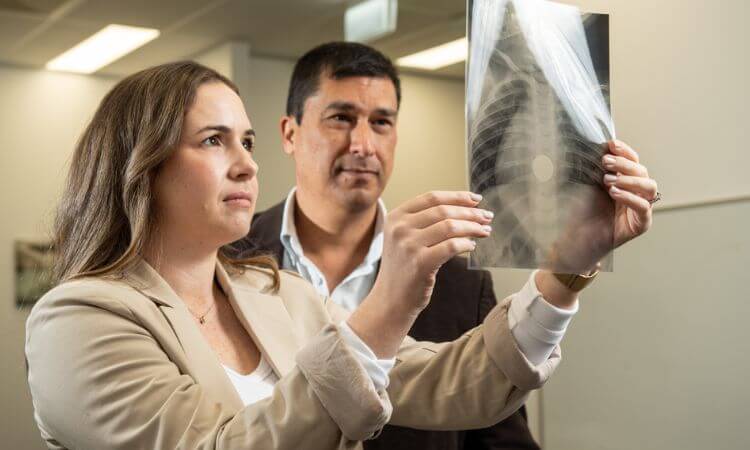There's another scary side to Halloween – button battery safety risks

Two-thirds of Australian parents are unaware of the symptoms of button battery ingestion, according to a study by the University of Southern Queensland (UniSQ).
This Halloween, Dr Anna Girardi – a speech pathologist and button battery safety researcher – urged parents to take extra caution, as these small, shiny batteries are often hidden in popular Halloween toys, decorations, and other common household items.
“Button batteries can become a hidden hazard, especially during festivities when young children are around new toys and decorations,” Dr Girardi said.
The study revealed that only half of parents knew how to safely dispose of button batteries, which is critical in preventing unintentional ingestion by children or pets.
If swallowed, a button battery can get stuck in a child’s oesophagus and start causing severe, potentially irreversible damage within just 15 minutes.
Children who survive a button battery injury may face a lifetime of health issues, particularly with swallowing and eating. Tragically, in severe cases, button battery ingestion can be fatal.
Signs a child has swallowed a button battery include:
• Difficulty eating or swallowing
• Persistent coughing
• Drooling
• Vomiting
More than 20 children are rushed to emergency departments across Australia each week due to suspected button battery ingestion.
Despite new button battery safety standards introduced in June 2022, products with non-compliant packaging continue to reach Australian households.
Parents and caregivers are urged to take these safety steps:
• Supervise children closely, especially around items that may contain button batteries.
• Learn and recognise the symptoms of button battery ingestion and seek immediate medical attention if ingestion is suspected.
• Safely dispose of button batteries by taping over the terminals and placing them in a sealed container before disposal.
The study also recommended ongoing public safety campaigns to address these knowledge gaps.
“Parents, retailers and policymakers play a crucial role in protecting young lives by promoting safe practices and enhancing safety labelling and packaging for button battery-powered products,” Dr Girardi said.
“This Halloween, let’s work together to ensure button batteries don’t become the scariest part of the celebration.”


